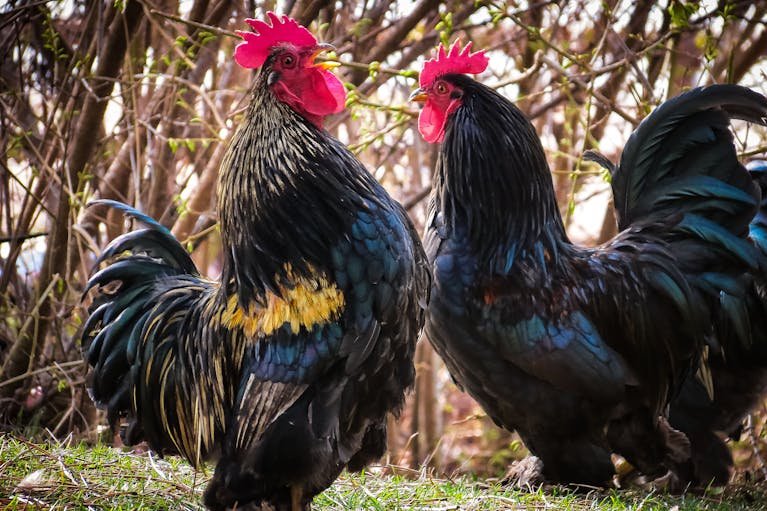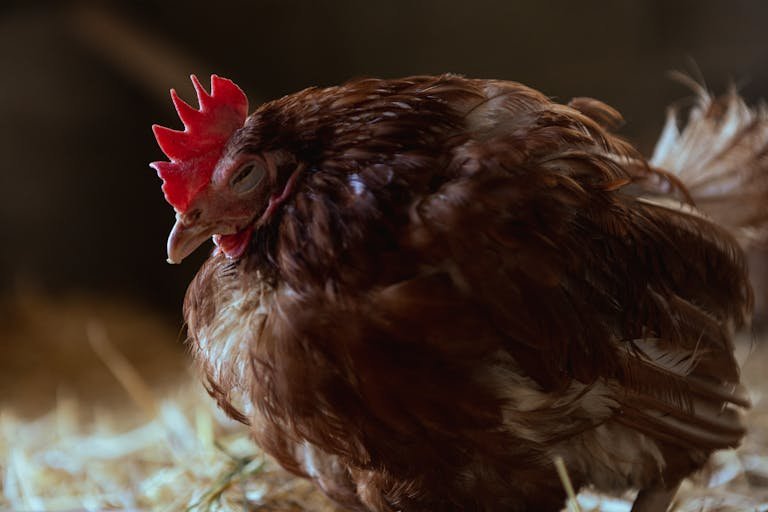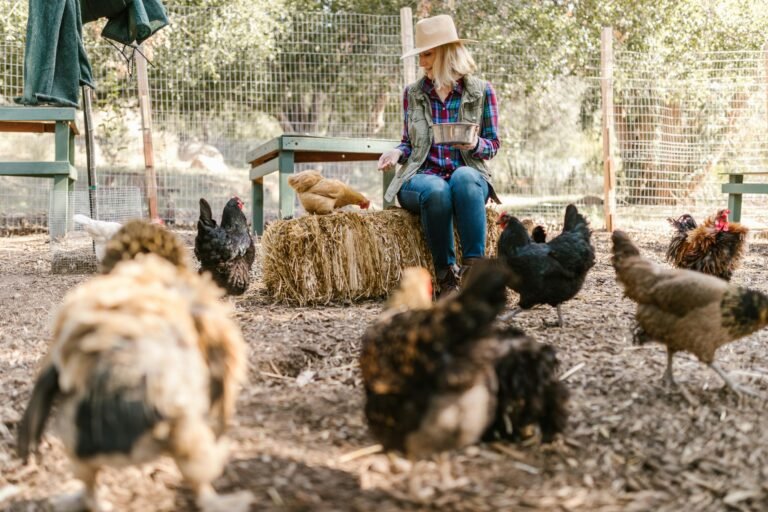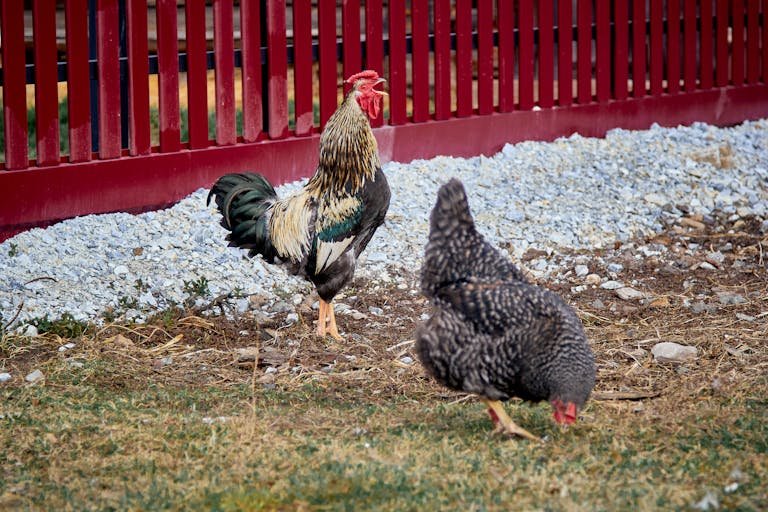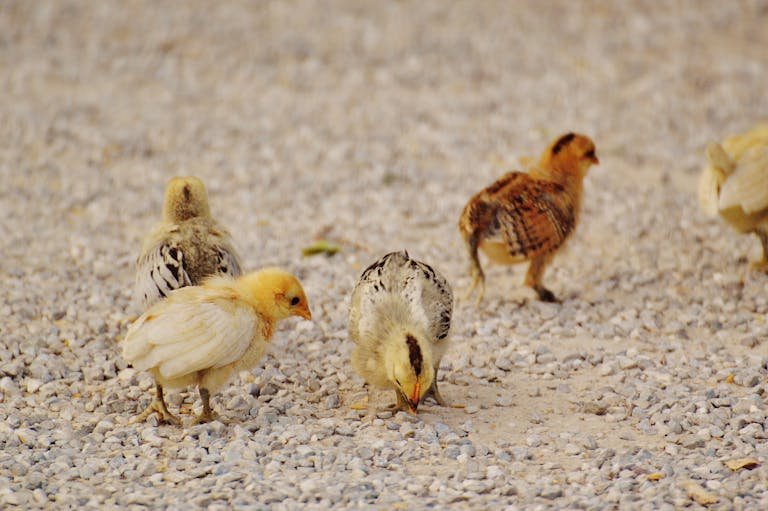Is Fowl Pox Contagious? A Comprehensive Guide
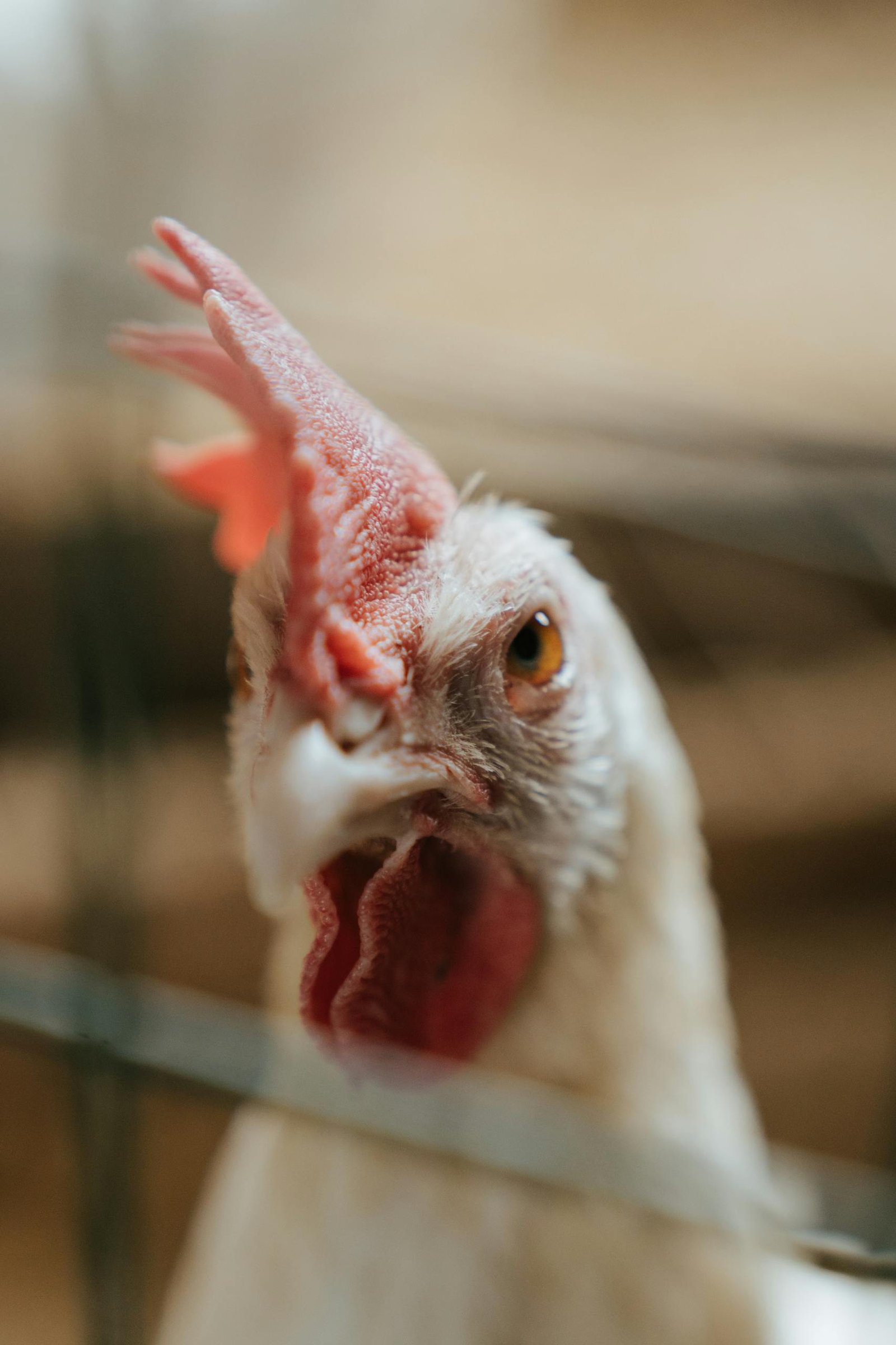
Yes, fowl pox is contagious.
Fowl pox is indeed a contagious viral disease that primarily affects birds, particularly poultry. It is characterized by the development of wart-like nodules on the skin and mucous membranes. Understanding how it spreads, its symptoms, whether Is Fowl Pox Contagious? and preventive measures are crucial for managing and safeguarding your flock.
What is Fowl Pox?
Fowl pox is a slow-spreading viral infection that affects a wide variety of bird species, including chickens, turkeys, and other domesticated fowl. It is caused by the avipoxvirus, which can present in two forms: dry (cutaneous) and wet (diphtheritic).
Types of Fowl Pox
Dry Form (Cutaneous)
This form manifests as wart-like lesions on the skin, particularly on non-feathered areas like the comb, wattles, eyelids, and feet. These lesions can scab over and heal, often leaving scars.
Wet Form (Diphtheritic)
The wet form affects the mucous membranes of the mouth, throat, and sometimes the trachea. This can cause more severe symptoms, including difficulty breathing and eating.
Read Also: Freaky Feet! 5-Toed Chicken Secrets Revealed
How is Fowl Pox Spread?
Understanding the transmission methods of fowl pox is vital for implementing effective prevention and control measures.
Direct Contact
Birds can spread the virus to each other through direct contact with infected lesions or scabs. This is common in flocks where birds peck at each other, causing wounds that can become infected.
Indirect Contact
The virus can also be transmitted indirectly through contaminated equipment, cages, or bedding. This means that anything that comes into contact with the virus can potentially spread it to healthy birds.
Vectors
Mosquitoes
Mosquitoes are the most common vectors of fowl pox. They can carry the virus from infected to healthy birds by biting them. This is particularly problematic in regions where mosquitoes are prevalent.
Other Insects
Other insects, like flies, can also play a role in spreading the virus, though they are less common vectors compared to mosquitoes.
Aerosol Transmission
In some cases, the virus can spread through the air, particularly in overcrowded or poorly ventilated conditions. This is less common but can occur in certain situations.
Symptoms of Fowl Pox
The symptoms of fowlpox can vary depending on the strain of the virus and the species of bird affected. However, there are common signs to look out for.
Cutaneous (Dry Form) Symptoms
- Warty Growths: These appear on the skin, especially on the comb, wattles, eyelids, and feet.
- Scabbing: The growths can scab over and eventually heal, often leaving scars.
Diphtheritic (Wet Form) Symptoms
- Ulcerative Lesions: These occur in the mouth and throat, causing severe discomfort and difficulty in feeding.
- Respiratory Issues: Birds may experience difficulty breathing due to lesions in the trachea.
General Symptoms
- Loss of Appetite: Infected birds often show a significant decrease in appetite.
- Decreased Egg Production: Laying hens may reduce or stop egg production.
- Weight Loss: As a result of reduced food intake.
- General Malaise: Birds may appear lethargic and less active.
Prevention and Control
Preventing fowl pox involves a combination of good hygiene practices and vaccination. Here are the essential strategies to protect your flock.
Biosecurity
Isolation of New Birds
Isolate new birds before introducing them to your flock. This helps in preventing the introduction of the virus.
Disinfection
Regularly disinfect equipment, cages, and any tools used in the care of your birds. This reduces the risk of indirect transmission.
Hygiene Practices
Practice good hygiene by washing hands and changing clothes after handling birds, particularly if you have been in contact with different flocks.
Vaccination
Vaccination is an effective way to protect your birds from fowl pox. The type of vaccine and vaccination schedule will depend on the specific needs of your flock.
Vaccine Types
- Live Vaccines: These are commonly used and provide good immunity.
- Inactivated Vaccines: These are less common but used in certain situations.
Vaccination Schedule
Consult with a veterinarian to determine the best vaccination schedule for your flock. Generally, birds are vaccinated at a young age to provide early protection.
Mosquito Control
Reducing the mosquito population around your poultry can help prevent the spread of the virus.
Environmental Control
- Eliminate Standing Water: Mosquitoes breed in standing water, so eliminate any potential breeding sites around your property.
- Use Mosquito Netting: Protect your birds by using mosquito netting in coops and enclosures.
Chemical Control
- Insecticides: Use insecticides to reduce the mosquito population. Ensure they are safe for use around birds.
Treatment of Fowl Pox
While there is no specific treatment for fowl pox, supportive care can help affected birds recover.
Supportive Care
- Isolation: Isolate infected birds to prevent the spread of the virus.
- Nutrition: Ensure they have access to nutritious food and clean water.
- Topical Treatments: Apply antiseptic ointments to lesions to prevent secondary infections.
Monitoring
Regularly monitor your flock for signs of the disease and respond promptly to any outbreaks.
Impact of Fowl Pox on Poultry Farming
Understanding the broader impact of fowl pox on poultry farming can help in managing and mitigating risks.
Economic Impact
- Decreased Production: Reduced egg production and slower growth rates can lead to economic losses.
- Increased Costs: Costs associated with prevention, control, and treatment measures can be significant.
Flock Management
- Selective Breeding: Consider breeding for resistance to the virus.
- Integrated Pest Management: Implement an integrated approach to control pests and vectors.
Fowl Pox and Human Health
Non-Zoonotic Nature
Fowl pox is not contagious to humans. However, it is essential to practice good hygiene when handling infected birds to prevent the spread of the virus to other birds.
Safety Measures
- Hand Washing: Always wash hands thoroughly after handling birds.
- Protective Clothing: Use gloves and protective clothing when dealing with infected birds.
Read Also: Backyard Birds: Feathered or Furry?
Final Words
Fowl pox is a contagious viral disease that can have significant impacts on poultry health and productivity. By understanding its transmission methods, symptoms, and preventive measures, you can effectively manage and protect your flock. Regular monitoring, good hygiene practices, and vaccination are key strategies in combating this disease. Although fowl pox does not affect humans, maintaining proper hygiene and biosecurity measures is crucial in preventing its spread among birds.
